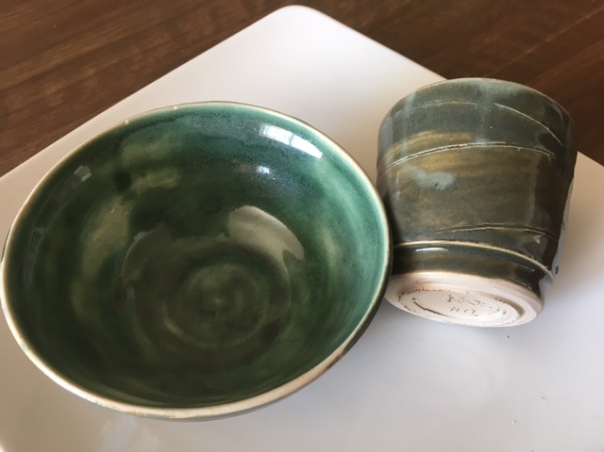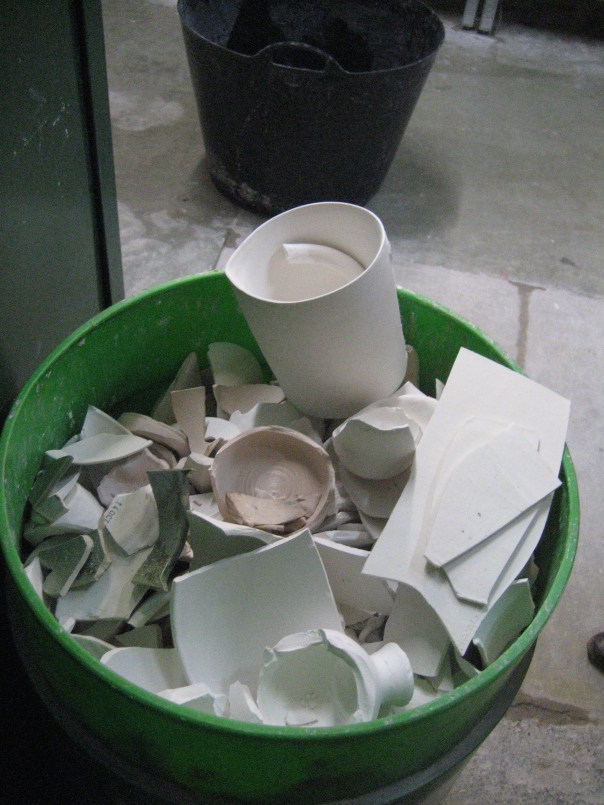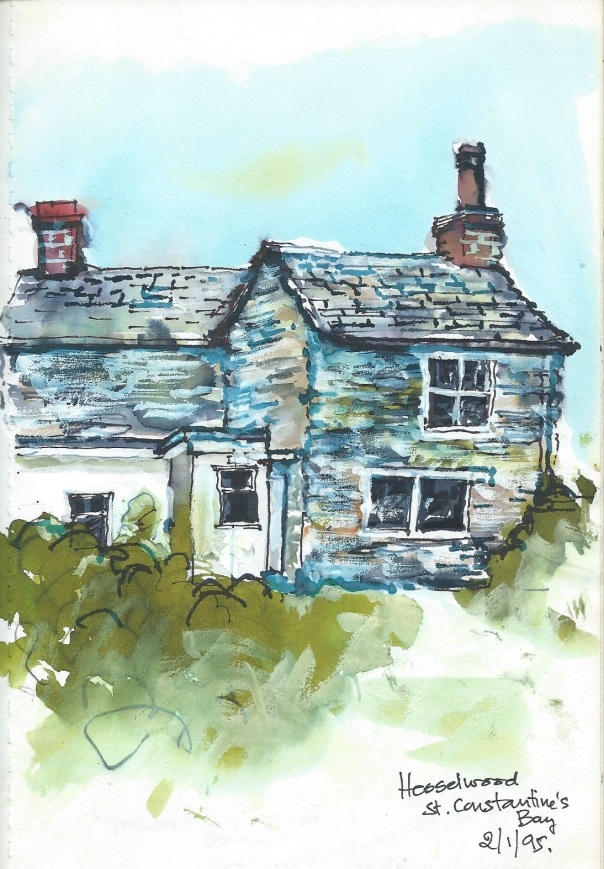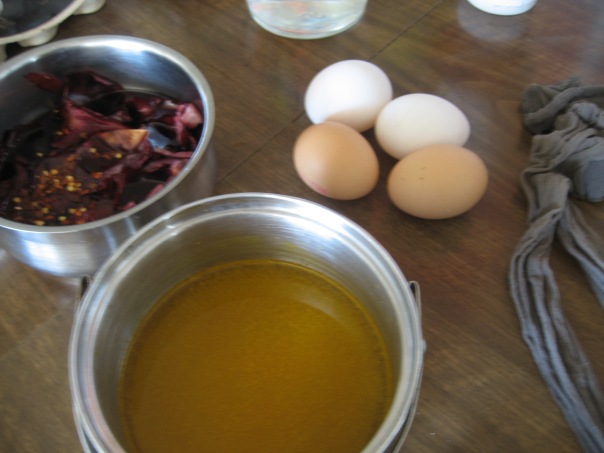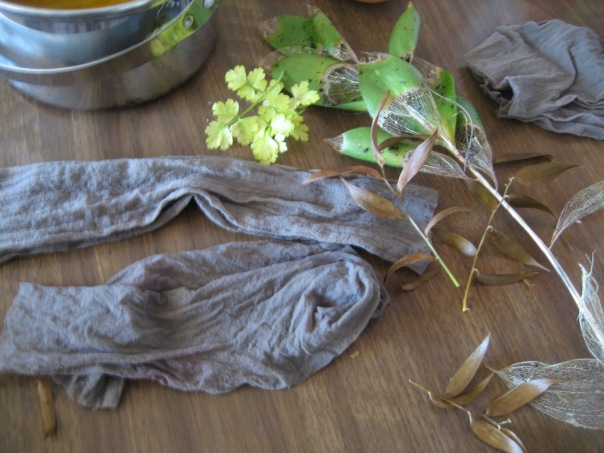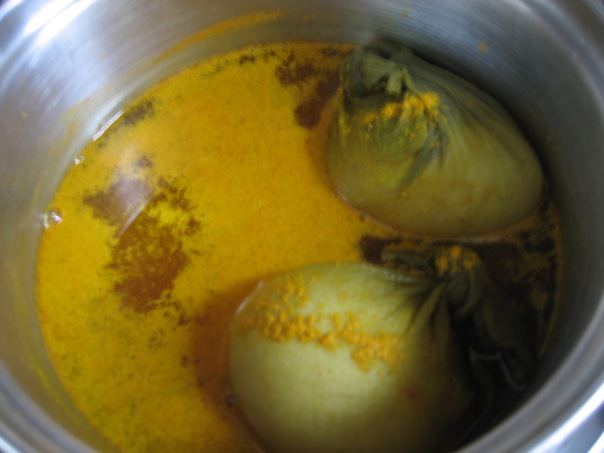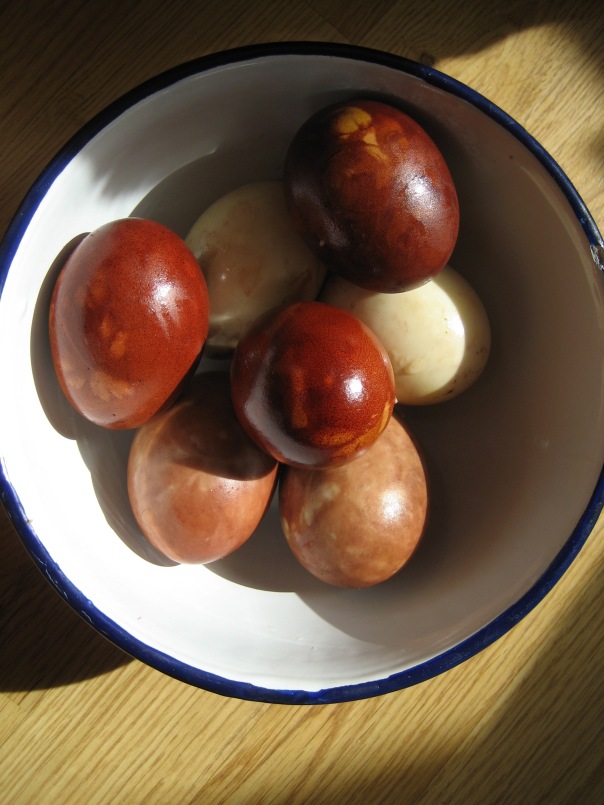After many requests to restart the creative soiree sessions I had organised last year, we finally had one yesterday. What a gathering- architects, documentary film makers, theatre artists, fine artists from six different countries or ethnicities (one from Homs, Syria). Some people had brought with them works of art and books that inspired them (Living out Loud by Keri Smith, The Artist’s Way by Julia Cameron; and Harnessing your creativity by Twyla Tharp). People of different backgrounds and age range from 70s to 30s added to the diversity. Naturally, I asked whether the artists of 1960-70s were of as high calibre as contemporary creatives of today or whether we are seeing the very frightening times of permanent loss of creativity. Hence follows a very short summary of the four hour event.
The interview with Marwa Al- Sabouni, conducted via Skype started us off on the question of value of architecture. Does architecture allow us to be frivolous or is it generous? Is it a technical or a social art? Marwa, is a 34-year-old architect and mother of two, who lives in Homs where she was born, amidst some of the most vicious fighting that the Syrian civil war has seen. With her architect husband, she has opened a bookshop after their practice was shut in the conflict. Remarkably, amongst all this chaos and danger, she has written a book about her life with a preface by Roger Scruton. For someone living day to day (as she described), the charmingly calm and articulate Marwa, made it clear that she thinks that architecture must contribute to society. Unlike fine art, architecture has a purpose beyond beauty and though it must be beautiful; architecture must also help to solve the problems that the world faces. The genius is not separate from society.
Another aspect that came up was the concept of waiting for the inspiration, or waiting for the muse. Instead of waiting, as the writer Elizabeth Gilbert has described one must meet the muse every day by showing up for work. Luck is about preparation or being ready to meet luck. To be prepared one must work every day, flex the creative muscles everyday- that is meeting the muse everyday, to show up for work. To capture one remarkable idea, one must prepare many. The pop artist, Prince, who died recently, came up as an inspiration- apparently there is a vault full of his work. He worked everyday and created many songs, not all of which saw the light of day. But the important thing was the creative practice in which he participated every day.
But it is not easy, given internal or external difficulties. But such difficulties also present opportunities and hone our creativity. Marwa’s external problems make it difficult but not impossible. David, a fine artist, who was a contemporary of David Hockney at the Royal College of Arts in the 1960s and taught art there and at Central St Martins, is colour blind. He described how as a child, when he drew a yellow cow, was told off by his art teacher, ‘Cows are not yellow!’ He persevered thanks to a supportive family. An enlightened teacher gave him his first commission, aged 12- to draw French gothic cathedrals. David brought in his black and white digital art- a new media in which he has now ventured in his seventies. Creativity evolves constantly. I was reminded of Hockney’s digital art made on his iPhone. What makes us less creative is fear. We need to believe we are fully creative, right now, wherever we are.
So in a way, creativity is about discovering yourself. As someone remarked, to be human is to be creative. But as a consequence of being creative, one will invariably fail as one tries different things. But as one only hears about successes, not failures, one imagines that the creative person got it right the first time. But in schools and further education, we are not taught the value of failure or even risk taking. We like safety, it seems, so it appears that our work has lost some of the edginess or even exploration. Ideas that are not used, bother us as they sit in the back of our minds as time passes. Artists, architects and other creative people took many risks in the 1960s and 1970s which saw the flowering of ideas. However, the world now presents many new problems- all of which need resourceful, innovative and creative solutions. So lets get out of our safety mode and experiment as much as we can. Creativity is not dying out, it is only transforming- that was our conclusion.


